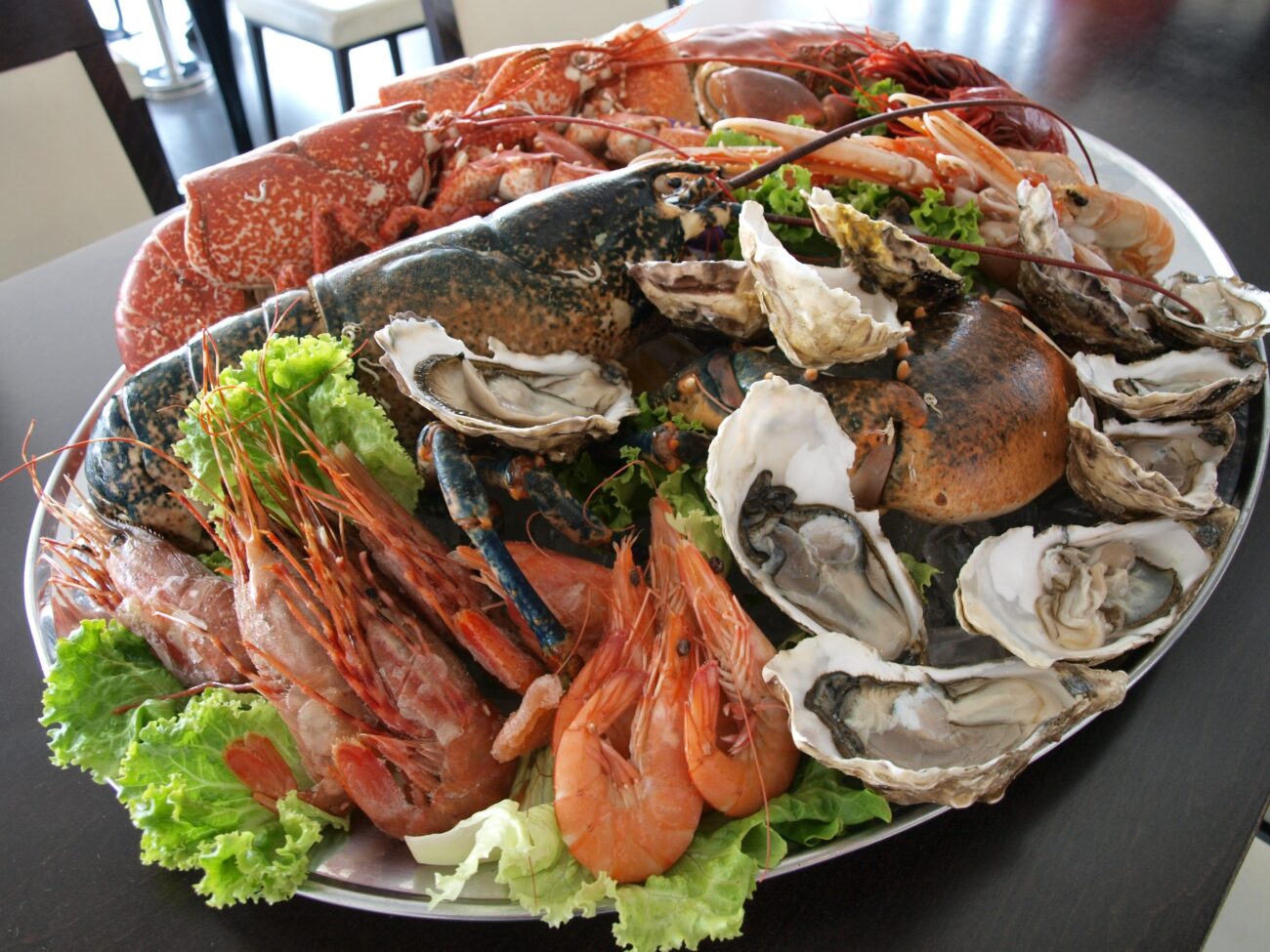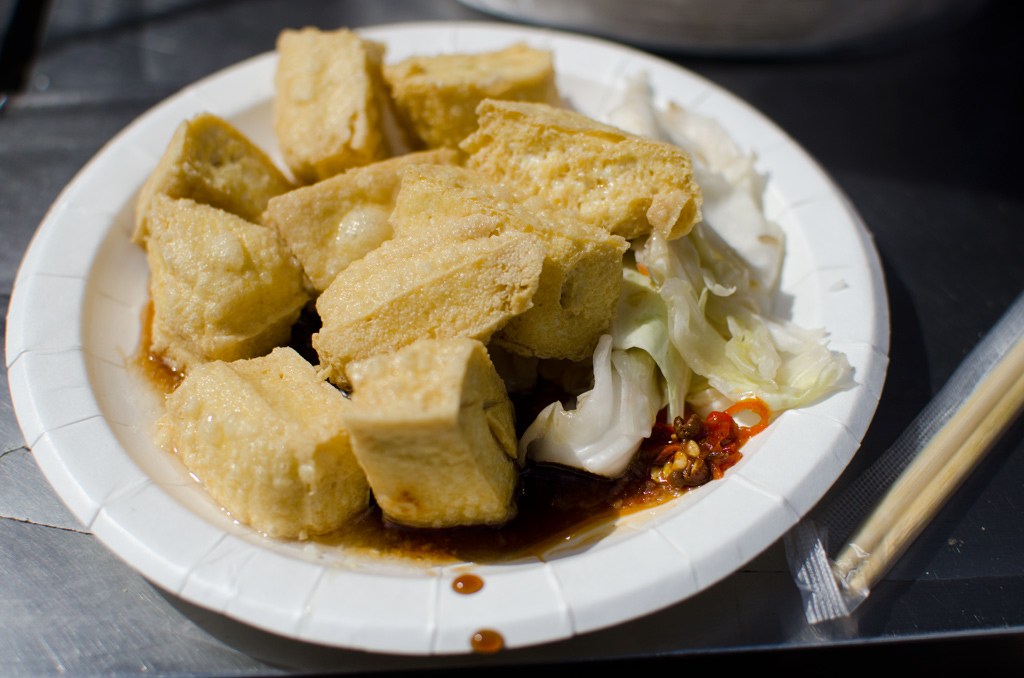Your brain gets hijacked the moment you walk into a grocery store. That pristine produce section bathed in bright white light? Those cozy, golden-lit bakery displays? The moody wine aisle that somehow makes you linger?
None of it’s accidental. Retailers have weaponized lighting design to trigger subconscious responses that can boost spending significantly, with case studies documenting increases of 20-40% in zone-specific sales.
The Architecture of Impulse
Strategic lighting zones exploit evolutionary psychology to drive purchasing decisions.
The manipulation starts in produce, where blazing white lights make fruits and vegetables appear impossibly fresh and vibrant. Your brain evolved to associate visual freshness with safety and nutrition—grocers exploit this hardwired response to justify premium prices.
Move to the bakery, and warm amber lighting triggers comfort associations, making those croissants feel irresistible. The wine section dims deliberately, encouraging you to browse longer in what feels like an upscale tasting room.
Each zone employs different psychological triggers:
- Bright, cool lighting in produce maximizes perceived quality and quality
- Warm lighting in bakery/deli sections creates cozy, home-like comfort
- Dim accent lighting in alcohol areas extends browsing time
- Strategic shadows and highlights guide your eye to high-margin products
The Numbers Don’t Lie
Research reveals the measurable impact of lighting on shopping behavior and spending.
The effects aren’t subtle. According to Action Services Group research, even a 1% increase in “dwell time”—how long you spend in a store section—translates to a 1.3% sales boost. Peer-reviewed studies confirm that lighting directly influences perception of food quality, with brighter produce displays making shoppers willing to pay higher prices for the same items.
This isn’t just about visibility—it’s emotional manipulation disguised as good design. The color rendering index, which measures how accurately lighting reveals natural colors, gets fine-tuned like a guitar string. Every bulb placement serves the bottom line.
Your defense? Shop with a list and move quickly through designed “linger zones.” That perfect-looking produce under theatrical lighting might not be any fresher than dimly lit alternatives.
The grocery industry has turned shopping into theater—at least now you know you’re watching a performance designed to separate you from your money.


















